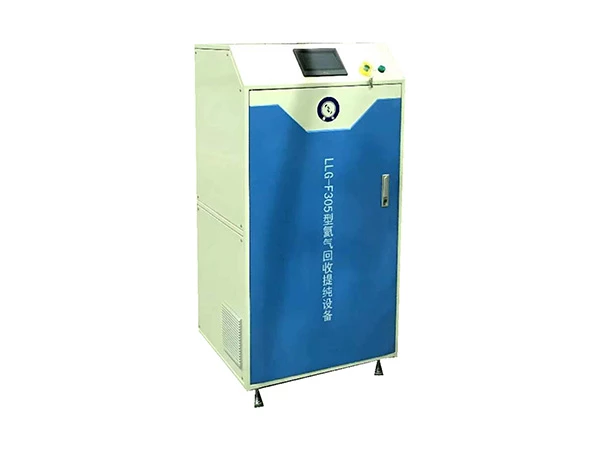The sealing of wing integral fuel tank is the key in the manufacturing technology of wing box, and its sealing performance directly affects the service and safety of aircraft. The integral fuel tank of the wing has large volume and high sealing requirements. The traditional leak detection methods use air tight test and oil tight test. These methods have the disadvantages of low accuracy, high cost, difficult quantification, and low efficiency. In addition, the oil tight test requires a large amount of aviation kerosene to be injected into the integral fuel tank. Without special oil tight explosion-proof plant and special oil tight test bench, there is a huge potential safety hazard. Therefore, an advanced leak detection technology with high detection accuracy and efficiency, safety and reliability is urgently needed to overcome the above difficulties, so as to improve the manufacturing level and production efficiency of the overall fuel tank.
Helium mass spectrometry detection technology has been widely used in aviation, aerospace, automobile and electric power industries due to its high sensitivity, fast speed, safe use, wide scope of application and quantifiable leak rate. Compared with many other traditional leak detection methods, helium mass spectrometry leak detection has incomparable technical advantages. The helium mass spectrum leak detection technology can realize the rapid positioning, detection and repair of the leakage point of the integral fuel tank of the aircraft wing, and ensure the high-quality and efficient assembly of the wing box.
The overall oil tank is designed and assembled as a whole, that is, the overall wall plate, beam and rib are connected with high lock bolts. The internal rib is provided with through holes, and the front and rear beams of the wing are not provided with holes. The interlayer of the high lock bolts is sealed with sealant to form a sealed wing box. In actual production, due to various uncertain factors, the tightness of some bolts and interlayer can not meet the requirements, so there is oil leakage. In order to solve this problem, it is necessary to test the sealing of the oil tank, find out the accurate leakage point and repair it. The leakage rate of the wing integral fuel tank is explored by using test pieces. The leakage detection of the integral fuel tank test piece is generally divided into two parts: first, the detection of the coarse leakage point and the process repair; Second, helium mass spectrometry leak detection,The main equipment involved in the coarse leak detection process include compressed air source, automatic gas distribution platform, control valve, etc. During the test, first connect the compressed air source, start the fast leak detection equipment of the overall oil tank, and set the inflation pressure. After the inflation process is completed, the pressure shall be stabilized for 15min, and the pressure drop curve on the leak detection equipment shall be observed to determine whether there is gross leakage. If the pressure drop is obvious, it indicates that there is a coarse leakage point. After the position of the coarse leakage point is determined by the soap bubble method, the process repair of the coarse leakage point is carried out by applying sealant. After repeated detection and repair, the helium mass spectrometry fine leakage detection can be carried out until the pressure drop of the fuel tank test piece within the specified time meets the technical requirements.
The fine leakage point of the oil tank test piece is detected by the positive pressure method. During the test, a mixture of helium and compressed air is filled into the test piece of the oil tank to make the internal pressure of the oil tank greater than the external atmospheric pressure. If there is a leak, helium will leak out through the leak point, which can be detected with a suction gun to determine whether there is a leak. During the test, ensure that the suction gun is covered with a cover box. First, to prevent too high helium concentration in the environment from affecting the detection; Second, to prevent a large number of leakage points from leaking at the same time, the exact location of the leakage point and the leakage rate of a single leakage point cannot be detected. During detection, the suction gun shall move slowly along the suspected leak point to detect the accurate response value of the leak source.







